Borneo’s People and Richness
Throughout the ages, people from different countries and ethnic groups have crossed the ocean to reach Borneo, leaving their mark. Once a foreign land, it is now the homeland of a rich diversity of peoples and cultures.
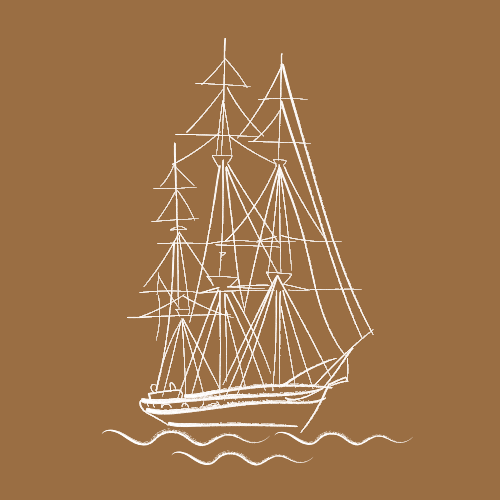

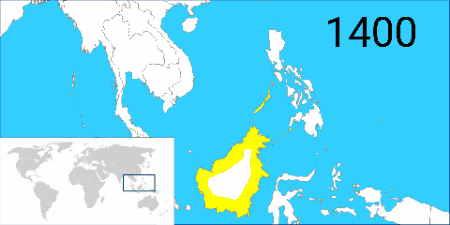
In Brunei, known as ‘渤泥Bóní ’ in ancient China, people once held animistic beliefs or practiced Hinduism. After conversion to Islam in the 15th century, the Bruneian Empire became more powerful. In the 16th century, it expanded to include the coastal areas of Borneo and small islands at the southern of Philippines.
After the 17th century, due to strife within the royal family and expansion of European colonial powers, governance of the island was virtually split between Great Britain and the Netherlands.
It was not until 1984 that Brunei became independent. Even though it currently accounts for less than one percent of Borneo’s land area, Brunei possesses abundant natural gas and oil, which it exports as it seeks to regain its economic glory.
Territorial changes of Sultanate of Brunei from 1400 to 1890
by Night Lantern - Own work, CC BY-SA 4.0, https://commons.wikimedia.org/w/index.php?curid=59533144
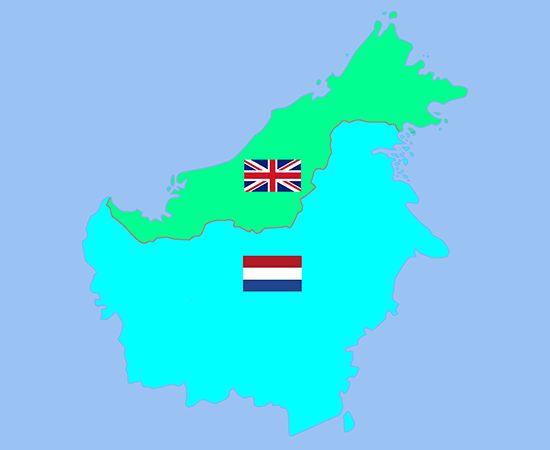
Portugal, Spain, the Netherlands, Great Britain, and the United States…came in contact with this island one after the other.
The British mainly developed their interests in northern Borneo. Sarawak was governed by members of the Brooke family, known as “the White Rajahs.” They gradually expanded from the west, eroding Brunei’s territory. The British formed the North Borneo Chartered Company to manage Sabah. Under the influence of eastern and western forces, Brunei’s territory gradually shrunk to its current size. The loss of the Limbang region resulted in the disconnection of Brunei’s eastern and western territories.
The history of Kalimantan, Indonesia is more complicated. Although the Dutch successfully removed the kongsi federations created by the Chinese, they were concerned about China’s rising power. It wasn’t until the 19th century that the Netherlands significantly expanded its influence from western Borneo to its eastern and southern areas.
The general influence of the British and Dutch in Borneo during colonial period.
by Ranking Update- Own work, CC BY-SA 3.0, https://commons.wikimedia.org/w/index.php?curid=31705533
For generations, Borneo has been home to the Malayo-Polynesian ethnic group, known for their seafaring heritage. Other ethnic groups have also come on the scene: Asian merchants engaged in trade and Chinese immigrants arrived in the 14th century. In the 16th century, there was contact with European powers.
The definition of “homeland” varies among ethnic groups, but it is invariably linked to the courage to cross oceans and accept the challenges of adapting to life in a new place.
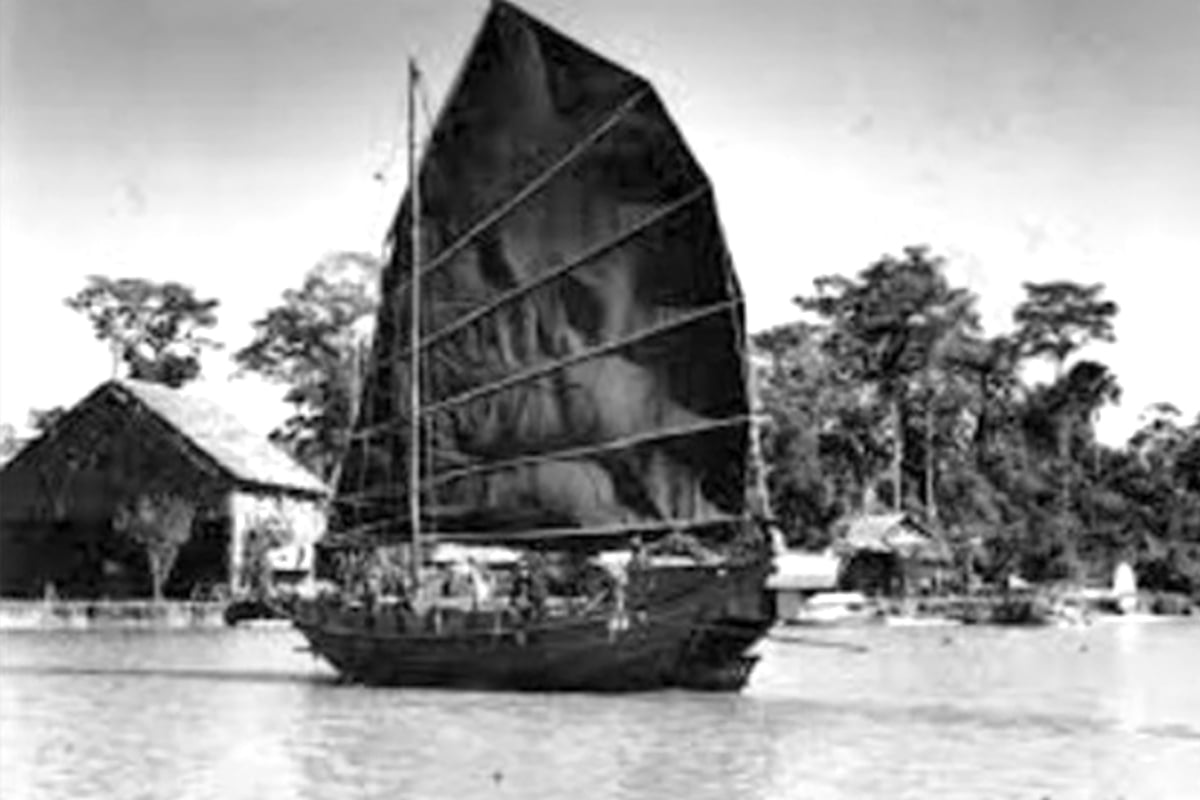
by Martin Johnson (1884–1937) - The Martin and Osa Johnson Safari Museum, Public Domain,
https://commons.wikimedia.org/w/index.php?curid=50901206
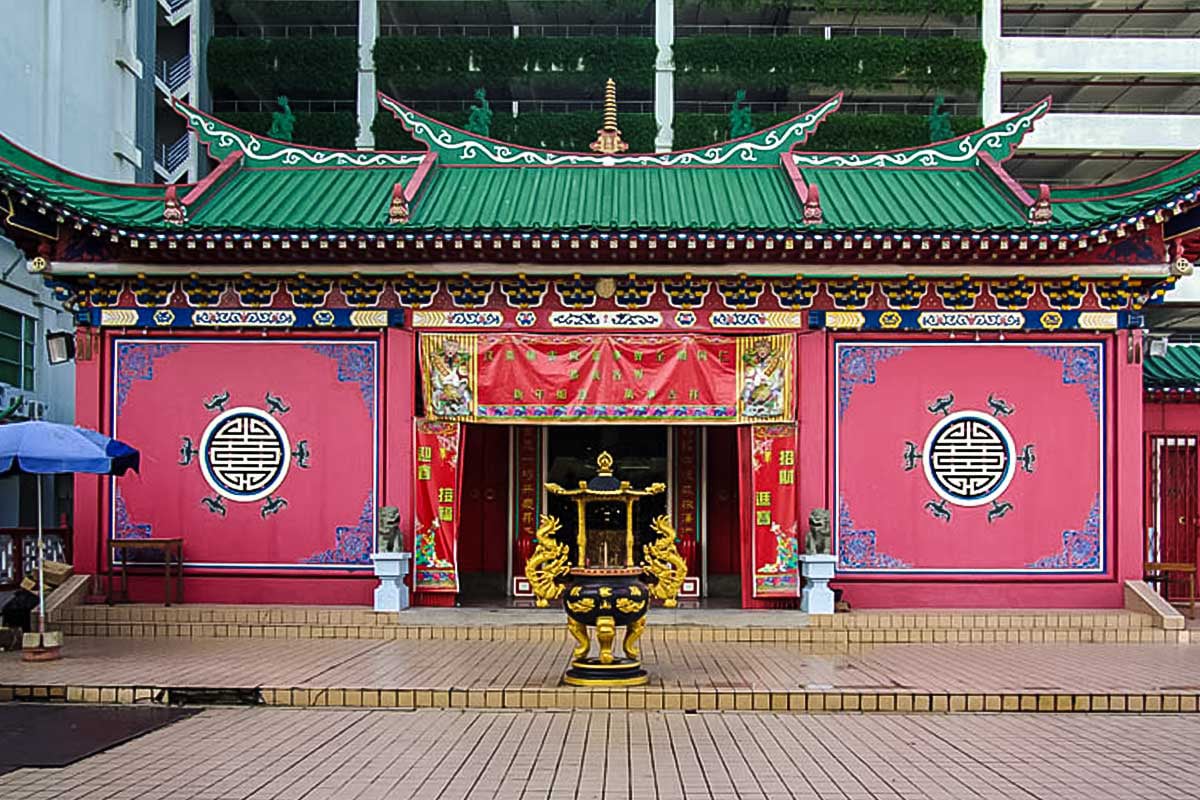
by Stefan Fussan, CC BY-SA 3.0,
https://commons.wikimedia.org/w/index.php?curid=22673969

National Museum of Prehistory
Center of Austronesian Culture in National Taitung University
Forestry and Nature Conservation Agency, MOA
Taiwan Biodiversity Research Institute, MOA
Fengshan Tropical Horticultural Experiment Branch, Agricultural Research Institute, MOA
Xianglin Community Development Association, Manzhou Township, Pingtung
Taiwan Architecture & Building Center
2024.05.03 - 2024.11.15
The 1st Exhibition Gallery;
The Sunshine Pathway
National Museum of Natural Science (NMNS)
The Society of Wilderness (SOW)